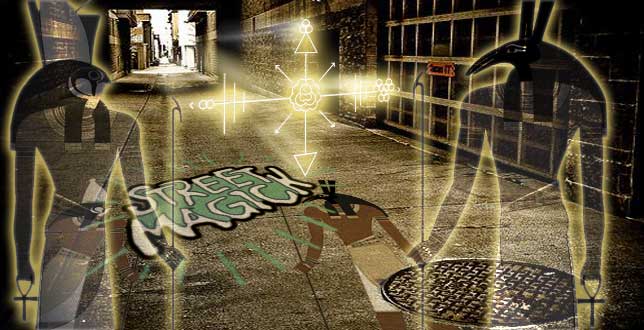The fellow in charge of the group thought we would enjoy discussing the recent headways made in the field of Neuroscience linked with meditative practices.
I will not bore you with the details of the 4 hour talk.
The short version of the story is:
The researchers have found two types of "meditation."
1 Active
2 Passive
Active meditation is characterised by what in academia is referred to as magickal practices. Possession by spirits, exorcism performed by Bon Buddhists, Tantrics removing curses and evangelicals speaking in toungues.
Passive meditation is when the meditator is fully focused inward, whether sat still, performing a tea ceremony or performing the orthodox Jesus prayer.
The scientists found a few interesting things.
In cases of active meditation, the meditators felt themselves to be vessels or conduits of something beyond themselves, their brain halves started to mirror eachother more and the back side of the brain is enlarged and hyper active. The practitioners are very "situated" in where they are and feelings of power are reported though it is power harnessed not owned.
In cases of passive meditation, the area of the brain we usually call the third eye is the only active part, it also grows and the rest of the brain is strangely, FULLY shut down. This removes all aspects of language and we are unable to experience anything but unity as the parts that understand ideas of Space are not in use. Practitioners experience what is referred to as Unio Mystica, divine union with all.
Why is this interesting?
Firstly, practices have a clear physiological effect.
Secondly, no matter how bad you are at one, practice DOES make perfect.
Thirdly, it shows that a varied practice, contemplation and performance will develop your faculties.
Last, it shows that some of us are more drawn biologically to one way of working over another and it does explain why you might feel difficulties with certain inner or outer practices.
Persevere. The brain is elastic, like molten plastic.
(Posts are scheduled due to busy times. Comments might take longer to moderate and publish or reply to then usual.)

This brings back tender, sentimental memories of my introduction to magic through spiritualism and trance :) There's a Dr. Joe Dispenza that writes very lucidly on some really profound stuff to do with the neural plasticity of the brain - you can actually see a video of these Hebbian neural connections being formed on his official website. I have his book, "Evolve Your Brain".
SvaraRaderaI always like how the mystics (passive) and my own mystical devotion encourages talk of the ineffable, unspeakable silence, the incomprehensible divine unity. Words fail to describe the peaks. And the magician or shaman (active) stuff arrives at talk of the currents, the powers, the fires, the journey, the ecstasy.
And then of course there's the third or the tao of ecstatic mystical magic that the new blood alchemists are making reference to all over the internet. That's as you mentioned in that previous post, the place where "magical technology meets religion".
Point is like you've said, the brain as a tool for the physical body is much more organic and plastic than circuit boards. It is super programmable. And even if you've just got Windows installed you can always format or dual-boot and load Linux on it :P